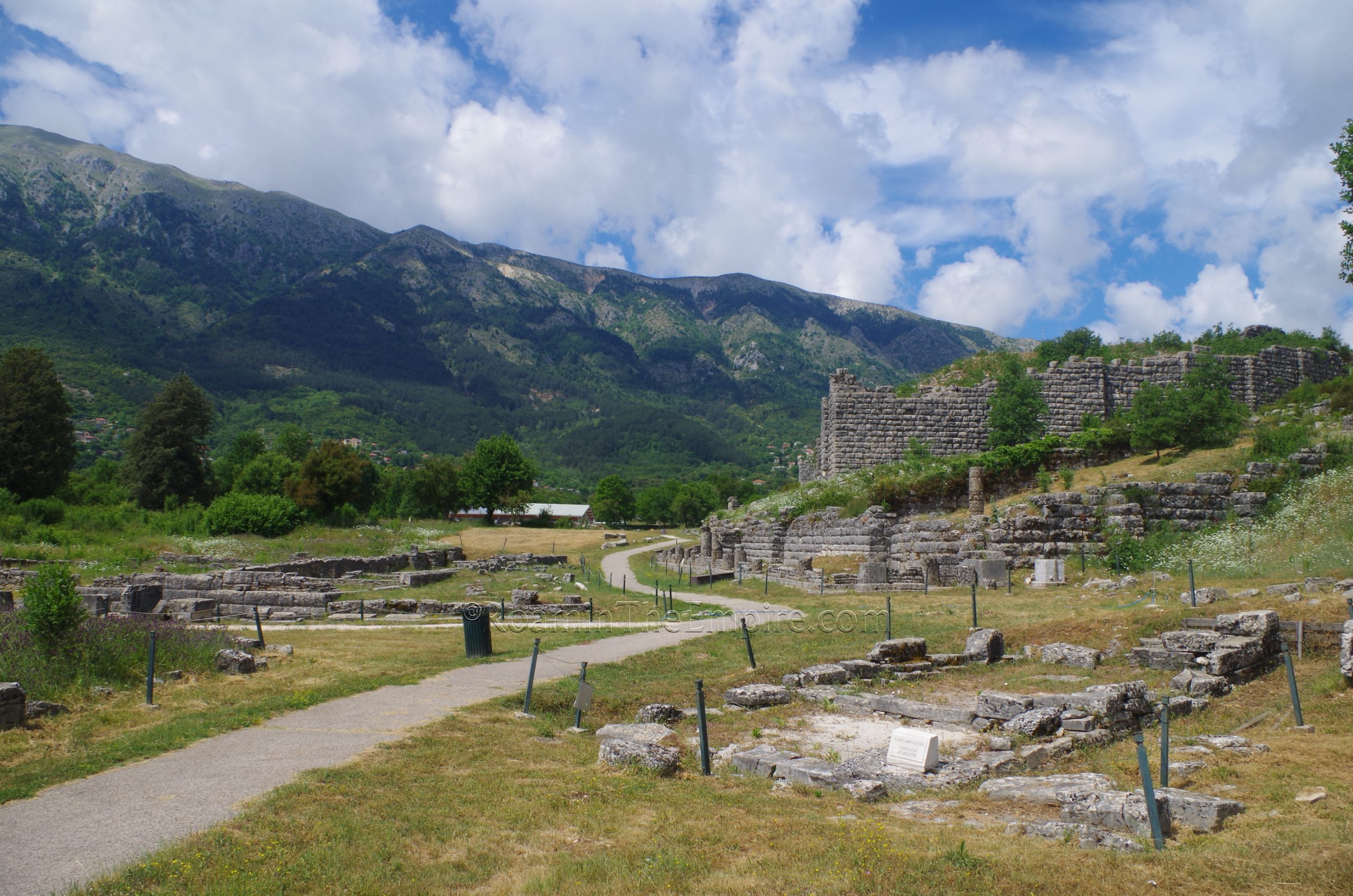
Most Recent Visit: May 2021
At the northeastern foot of the Mons Tomaros (the modern Ptomaros or Olytsikas Mountain) is the oracular sanctuary site of Dodona. Traditionally, Dodona was considered one of the oldest oracles in Greece. Archaeological evidence suggests the establishment of a sanctuary at this site perhaps as early as the 3rd millennium BCE, where worship seems to have been centered on the earth goddess Gaia, who was linked to with tree worship and prophecy. When the Thesprotian culture took root in the area sometime around the start of the 2nd millennium BCE, the focus of worship seems to have shifted primarily to Zeus, with the feminine aspect of the preceding veneration continuing on eventually with the worship of Dione as a consort or paredros of Zeus at Dodona, though she is never syncretized with Hera.
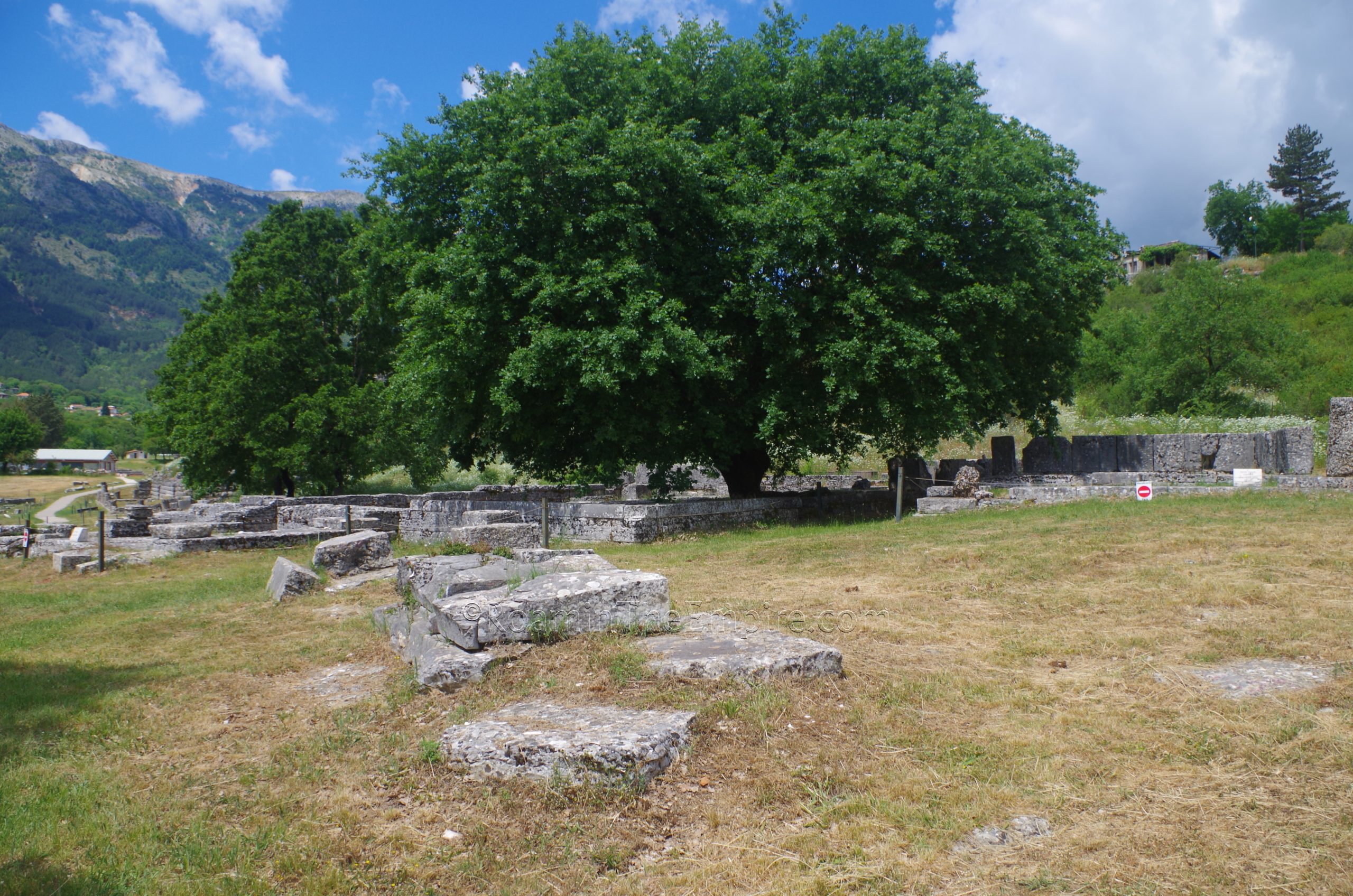
There are a number of literary and historical references to Dodona, some of which address legends or traditions associated with the founding of the site. Strabo, drawing on Ephoros, describes the sanctuary as being established by the Pelasgians, but also notes the tradition that the oracle at Dodona was transferred from a site in Thessaly, perhaps reference to the city in Thessaly also called Dodona. Stephanus of Byzantium seems to echo this idea, attributing the oracle at Dodona in Epirus as being transferred from Dodona in Thessaly.
Herodotus relates a fantastical tale regarding the establishment of an oracle at Dodona. In it, two black doves from Egyptian Thebes flew from the city. One of these landed in the branches of an oak tree at Dodona and spoke to the inhabitants, stating that an oracle to Zeus should be established at that location. The other flew to Siwa in Libya where a similar happening results in the establishment of the oracle to Zeus Ammon. Herodotus reasons that these are allegories, and that what actually happened is two Egyptian priestesses were taken as slaves by the Phoenicians and sold at Dodona and Siwa. Speaking specifically about Dodona, the woman then established a shrine to Zeus there, but because she was a foreigner and didn’t speak the language, her speech was compared to that of a chirping bird, thus she was equated with a dove, and having been from Egypt, a black dove. The priestesses at Dodona would be come to be referred to as peleiades (Πελειάδες), doves.
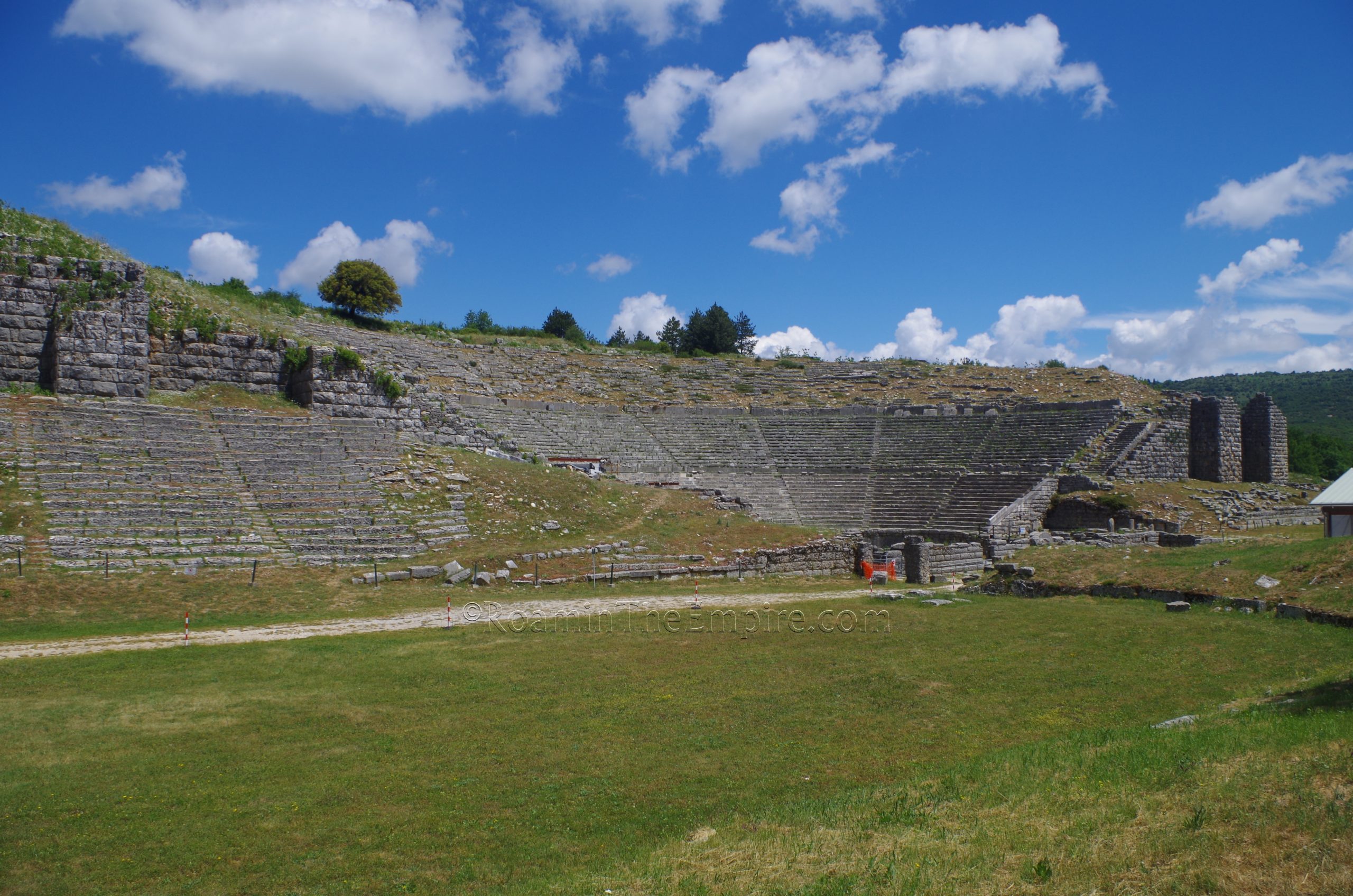
The oracle of Dodona is mentioned in both of the Homeric epics. In the Iliad, Achilles makes a prayer to Zeus of Dodona for the safe return of Patroclus after he allows him to wear his armor into battle. This passage also makes mention of the Selloi, the male priests associated with the sanctuary. In the Odyssey, Odysseus claims he consulted the oracle of Dodona in order to ascertain whether he should return to Ithaca in secret or openly. The Argonautica too mentions the sacred oak trees of Dodona as being the source of a timber in the middle stem of the Argo, giving the ship itself the gift of prophecy.
Until about the middle of the 7th century BCE, Dodona was a sanctuary primarily frequented by the Greeks in the region of Epirus. As more city-states from Southern Greece began to establish colonies along the coast and islands of Epirus, the overall importance of the sanctuary among the wider Greek world grew. Herodotus claims that the sanctuary was known the Greek world over by his time, and in terms of oracular sites, seems to have been second only to Delphi. The Molossians took over administration of the sanctuary in the late 5th century BCE, and by the early to mid 4th century BCE, building programs had been instituted at Dodona resulting in the first permanent structures there. It flourished during the various Epirote alliances and leagues through the middle of the 4th through the 3rd century BCE, and under Pyrrhus was made the religious center of his territories. The Naia Festival in honor of Zeus Naios, Zeus of the spring (as in water, not the season), was instituted at Dodona in the early 3rd century BCE, probably during the reign of Pyrrhus. This festival seems to have been held in the Epirotic month of Apellaios, which corresponds to late September and early October in the modern calendar.
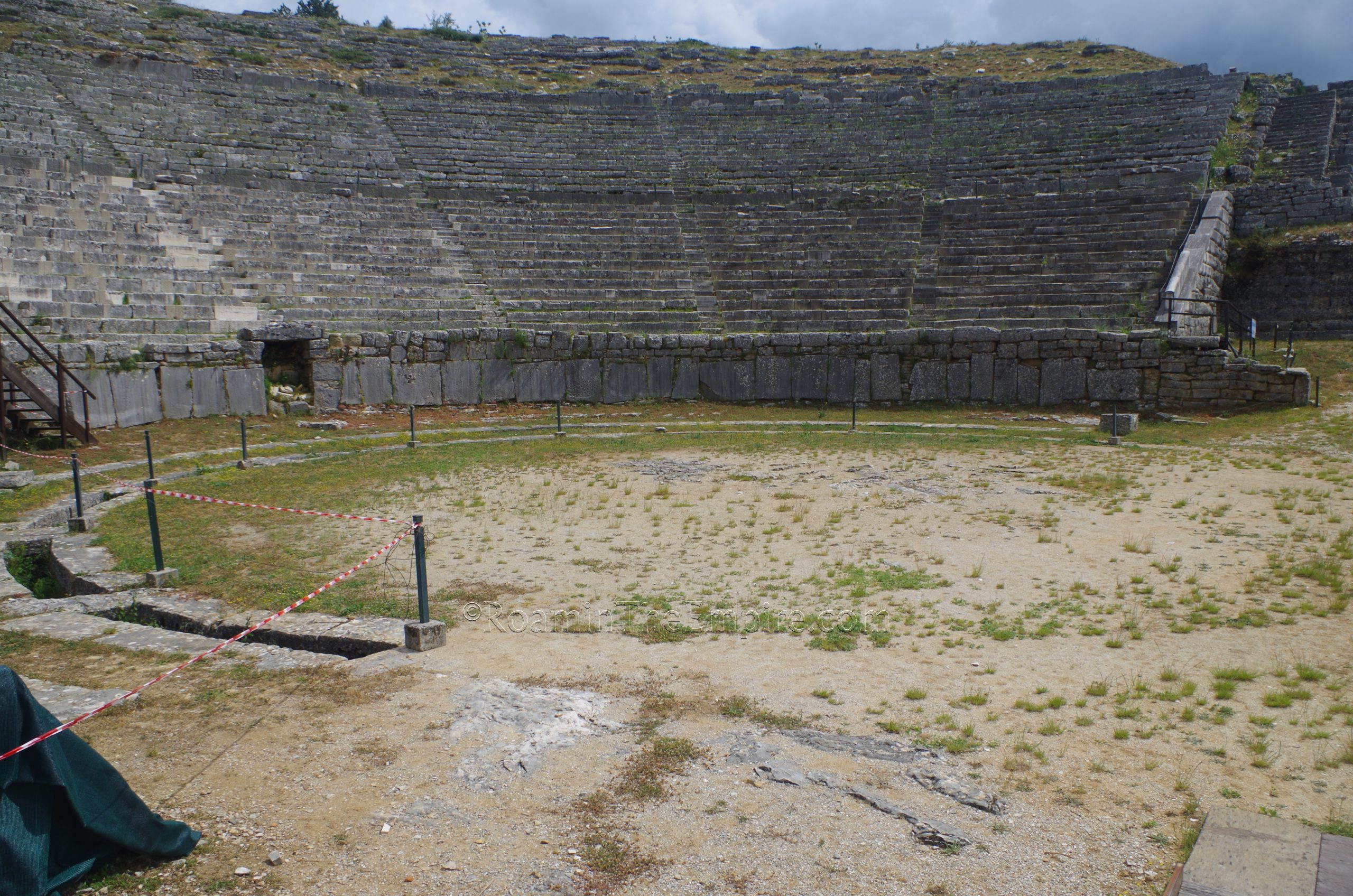
In 219 BCE, the sanctuary was destroyed by the Aetolians during the Social War and subsequently rebuilt. The sanctuary was again destroyed during the Roman reprisals in Epirus in 168 and 167 BCE. It was poorly rebuilt sometime after about 148 BCE, only to once again be sacked by the Thracians in 86 BCE during the First Mithradatic War. The site seems to have been nearly abandoned following that destruction, but it was reconstructed during the reign of Augustus. Major renovations seem to have also occurred during the reign of Hadrian. The Naia Festival seems to have been going strong well into the 3rd century CE, and was probably held until the edict of Theodosius in 393 CE banning the celebration of pagan festivals. The sanctuary also probably ceased to function after about this point and was finally completely abandoned in the 6th century CE owing to earthquakes and raids.
Getting There: The archaeological area of Dodona is located just outside the appropriately named village of Dodoni, and near the town of Dodonoupoli. Neither are particularly large, so there doesn’t seem to be convenient bus service to the towns or anywhere particularly close to the archaeological area from the nearby city of Ioannina. As such, and is the case with many of these sites, a car is probably the easiest and most reliable way to reach Dodona.
Though it doesn’t have an actual address, the archaeological area of Dodona is located along the Eparchiaki Odos Ioanninon Dodonis, not far off the E90. The archaeological area is open daily from 8:30 to 15:30, year round. Admission is 8 Euros and includes admission to the archaeological museum and Byzantine museum in Ioannina.
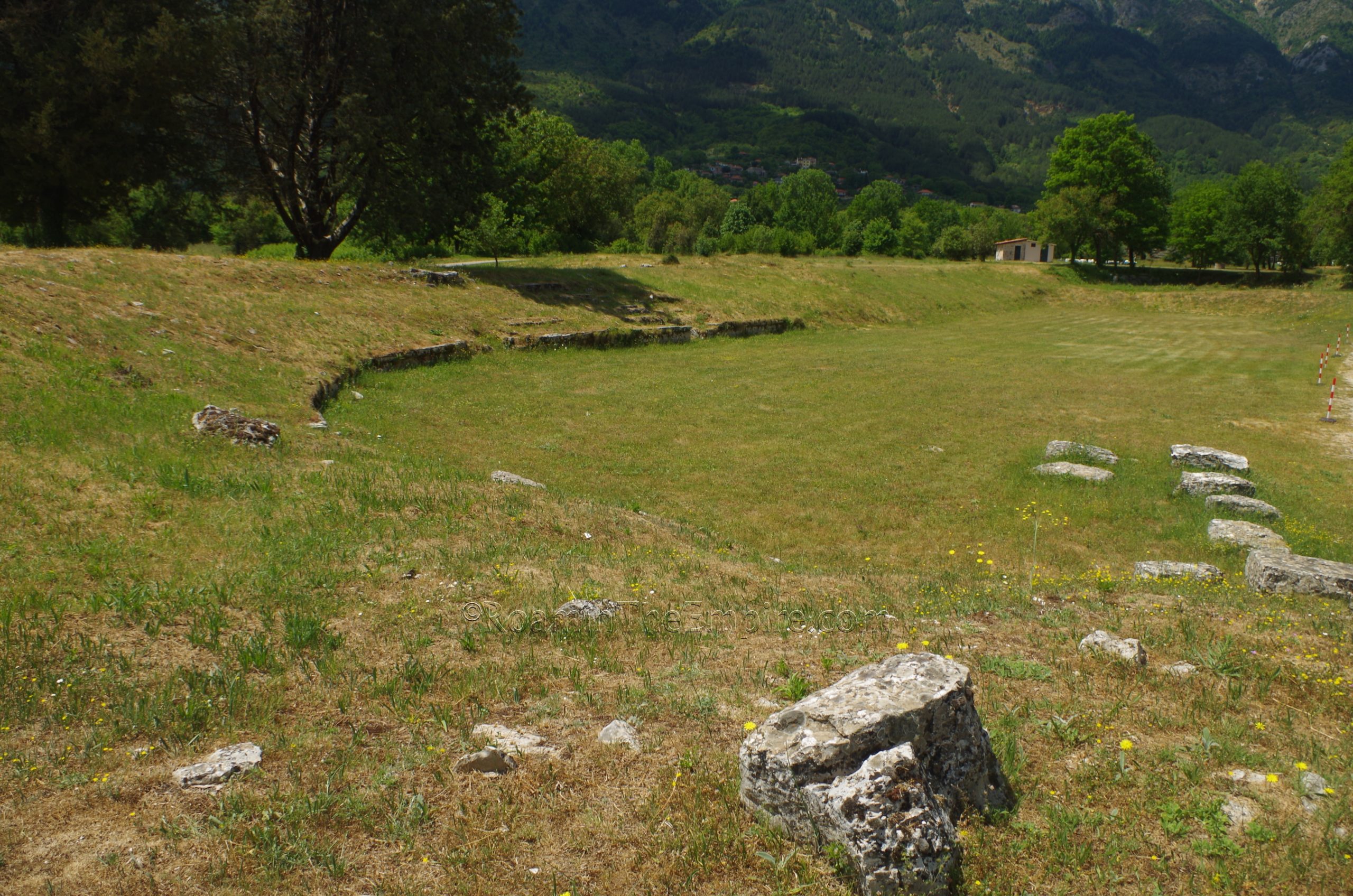
From the entrance to the site, the remains of the sanctuary are about 175 meters to the east. The first monument encountered is the stadium, which is the area just to the south of the theater, but extending a little farther to the west than the theater. The stadium appears to have been constructed in the late 3rd century BCE, sometime after the Aetolian sack of the sanctuary in 219 BCE. It was built to accommodate foot races held for the Naia Festival, which seems to have increasingly become the focus of the activities at the sanctuary following the rebuilding program after the Aetolian destruction.
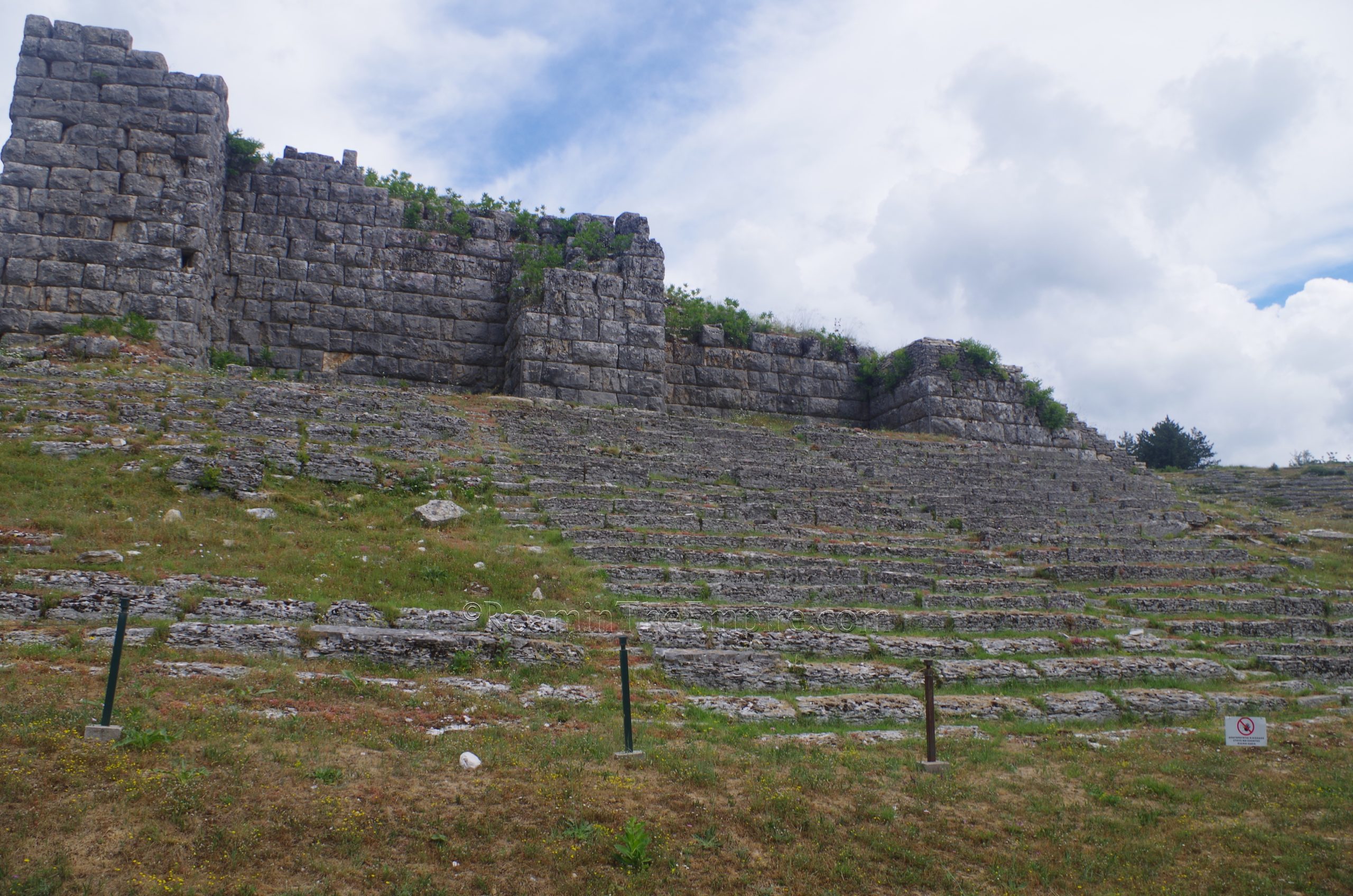
The stadium doesn’t have the typical elliptical pattern of most stadia. Rather than a completely semicircular eastern end, the northeast corner intersects with the northern wall perpendicularly, rather than as a rounded corner, as it does at the southeast. The shape of the stadium is visible for most of the length, though the western and southern sides of it are largely just visible in the topography. Some seating is visible in the earthen slopes marking the presence of the stadium on the south, toward the eastern extent. At this point, the podium between the track and the seating is visible as it stretches around the eastern end of the stadium. The most significant portion of the stadium remaining is the northeastern quadrant, where the remains of 21 rows of seating are preserved below the massive retaining walls of the theater.
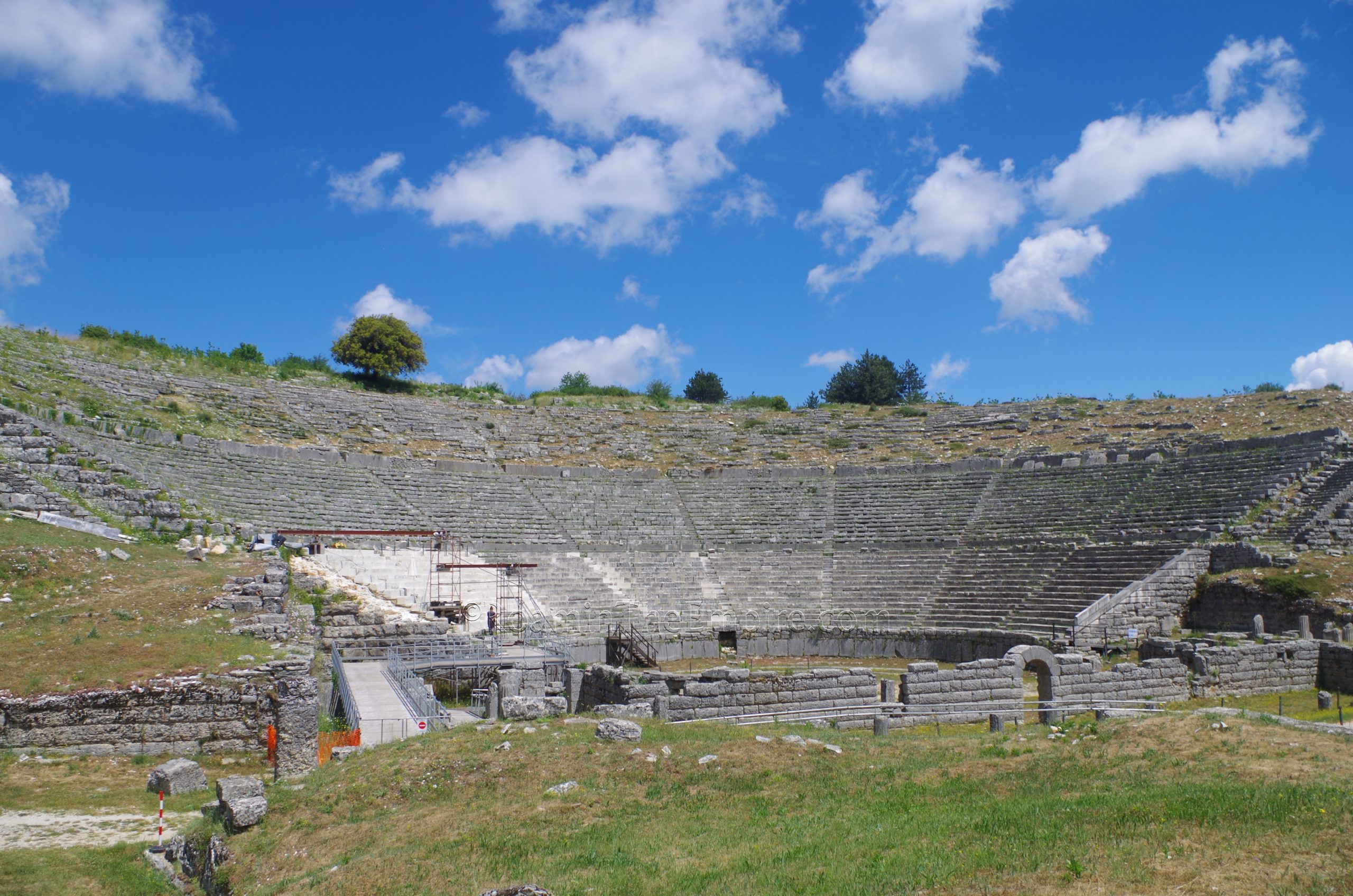
Immediately to the northeast of the stadium is the theater. Constructed in the early 3rd century BCE, during the reign of Pyrrhus, it was built to accommodate contests with the establishment of the Naia Festival at around that same time. The theater makes use of the slope of a hill to support the seating area, and massive retaining walls at the east and west ends, as well as the southern extents of the seating area shore up the topography of the hill. A drastic alteration of the theater is traditionally dated to the time of Augustus, in which the first few rows of seating are removed in order to create a higher podium between the seating and orchestra in order to accommodate amphitheater events such as gladiatorial games and, in particular, venationes. Renovations were also made to the scenae areas in order to expand the floor of the arena in the orchestra area, as well as to provide holding rooms for animals used in these spectacles. Some reappraisal of this dating suggests that the re-purposing of the theater didn’t occur until much later, perhaps sometime between the 2nd and 4th century CE.
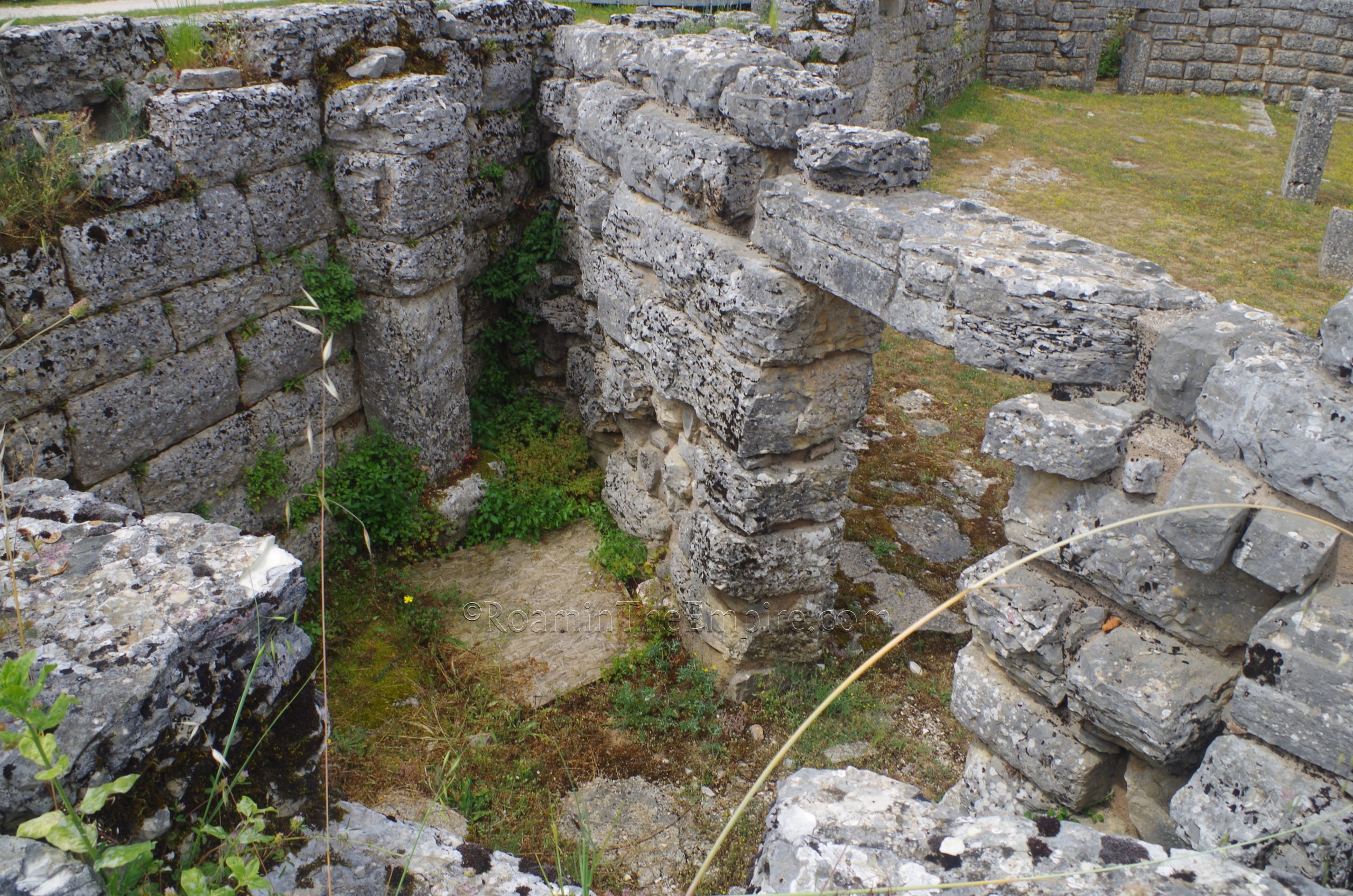
The theater is estimated to have held about 15,000 to 20,000 spectators. Ongoing restorations prevent access to the vast majority of the structure. Really only the orchestra and the entryways on either side of the scenae are accessible to visitors. The alterations to the scenae to expand the arena are quite visible, as are the triangular rooms created by the alteration that acted as holding pens, with small doorways between these rooms and the arena floor.
Sources:
Apollonius Rhodius. Argonautica, 1.520-21.
Chapinal-Heras, Diego. Experiencing Dodona: The Development of the Epirote Sanctuary from Archaeic to Hellenistic Times. Berlin: DeGruyter, 2021.
Homer. Iliad, 16.233-34.
Homer. Odyssey, 14.327.
Parke, H.W. The Oracles of Zeus: Dodona, Olympia, Ammon. Cambridge: Harvard University Press, 1967.
Pausanias. Hellados Periegesis, 1.13.3, 1.17.5, 7.25.1.
Philostratus. Imagines, 2.33.
Piccinini, Jessica. ‘Dodona at the Time of Augustus. A Few Notes.” Roman Power and Greek Sanctuaries: Forms of Interaction and Communication. Tripodes, 14. Athens: Scuola Archeologica Italiana di Atene, 2013.
Smith, William. Dictionary of Greek and Roman Geography. Walton & Murray, 1870.
Stillwell, Richard, William L. MacDonald, and Marian Holland. McAllister. The Princeton Encyclopedia of Classical Sites. Princeton, NJ: Princeton U Press, 1976.
Strabo. Geographika, 5.2.4, 7.7.5, 7.7.9-12, 7 (fragments 1, 1a, 1c, 2, 3), 9.2.4.


